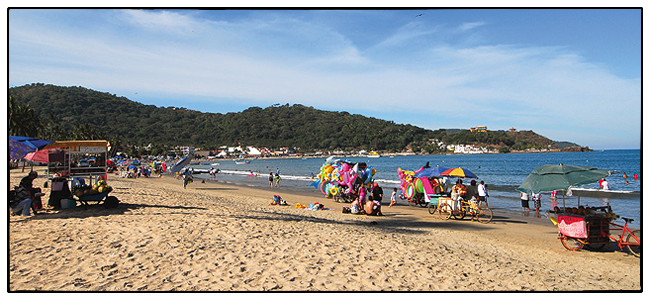
The beach scene at Rincon de Guayabitos.
When Rose heard that Jeff and I were going up north to Custodio to visit the Fletchers, she suggested we stop at Guayabitos on the way back. “It’s my favorite beach,” she said. “The bay is so calm.” So Saturday when we were having breakfast with the Fletchers, I asked Malin what she thought about Guayabitos.
She hesitated just for a second before saying, “It’s okay.”
Now if you know Malin, you know that a tepid response like that is about as close as she ever comes to saying she doesn’t like something. She’s one of those rare people who finds it almost impossible to ever say anything negative about something—even a beach. But when she said, “It’s okay,” what I actually heard in my head was, “I don’t like it.”
Guayabitos—or Rincón de Guayabitos, as it’s officially called—is a small town about 70 minutes north of Puerto Vallarta. For decades it was nothing much more than a fishing village. But in the 70s, the Mexican government developed it as a vacation destination, perhaps thinking it would become the next Acapulco. It never developed much of an international draw, but it did become quite popular with thousands of middle-class Mexican families who flock to the area on weekends and during Semana Santa, Mexico’s Spring Break equivalent.
We turned off the highway and drove slowly down Avenida del Nuevo Sol, the town’s main drag, passing the usual hodge-podge collection of auto-repair shops, cheap restaurants, and souvenir stands selling inflatable floats, beach umbrellas, and suntan lotion. There were any number of inexpensive hotels lining the strip painted in sherbet colors of tangerine and lime and cherry. Every once in awhile, we’d catch a glimpse of the beach on our right but it wasn’t clear as to how you accessed it or where there was public parking. Eventually we decided to just pull over near a laundromat and go exploring.
Traveling, as I have, all over the world in all sorts of circumstances, I’ve learned to trust my gut instincts about a place, and what my instincts were telling me here is that we should not leave anything valuable in the car—and we should not leave the car unattended for more than a few minutes. Which is why I suggested to Jeff, before locking up, that he might want to take his backpack, which contained his wallet and passport, with him.
“But we’re just walking down to the beach,” he said.
“I know,” I told him. “Still, I wouldn’t leave that stuff in the car.”
Maybe it was the group of shirtless teens lolling about in front of a taqueria. Or maybe it was the down-at-the-heels man squatting on his heels in front of the laudromat. Something about the place just didn’t feel right.
We walked down the avenida until we found a dirt road that veered off towards the beach. It was lined with a sewage canal that gave off fumes of muck and trash and dead animals. At the end of the road was an open-air restaurant right on the beach. Two little boys were playing Pogs on the concrete floor while a teenager sat hunched over a laptop. There were 20 or 30 tables in the restaurant and although it was just after four—comida time for most Mexicans—only an elderly couple, sitting silently in the corner, were dining.
We passed through the restaurant and walked out on to the wide, brown sandy beach. The bay was full of Jet-skis and pangas. Hundreds of families sprawled on blankets and towels up and down the beach while vendors hawked hammocks and silver bracelets and shrimp-on-a-stick and plastic cups full of sliced pineapple and watermelon. In short, it didn’t look terribly different from the scene you’d find at Sayulita, just 15 or 20 minutes further south, but it just felt different. And not in a good way. Jeff and I had originally thought about spending the afternoon here, but after taking a short walk up the beach, we decided we’d seen enough and decided to leave.
Back at our car, several of the shirtless youths we’d seen hanging around earlier were now huddled around our car. I smiled. “Buenas tardes,” I said. I got no response. Slowly the boys moved back a few feet as I unlocked the car.
“You are visiting Guayabitos?” one boy said in English.
“Yes.”
“Good restaurant across the street.”
“I don’t think we’re staying.”
“No? Why not? Very good food.”
“We’ve already had our comida.”
The youth slowly nodded, carefully watching us as we got in the car. It was hot inside and I rolled down the windows. The youth leaned his arms across my open window, his face just inches from my own. “Come back again sometime,” he said with a smile. “We welcome you.”
I nodded. “We’ll do that,” I said. And then he moved away from the car and we drove slowly down the street full of potholes, the boys standing there watching us go.


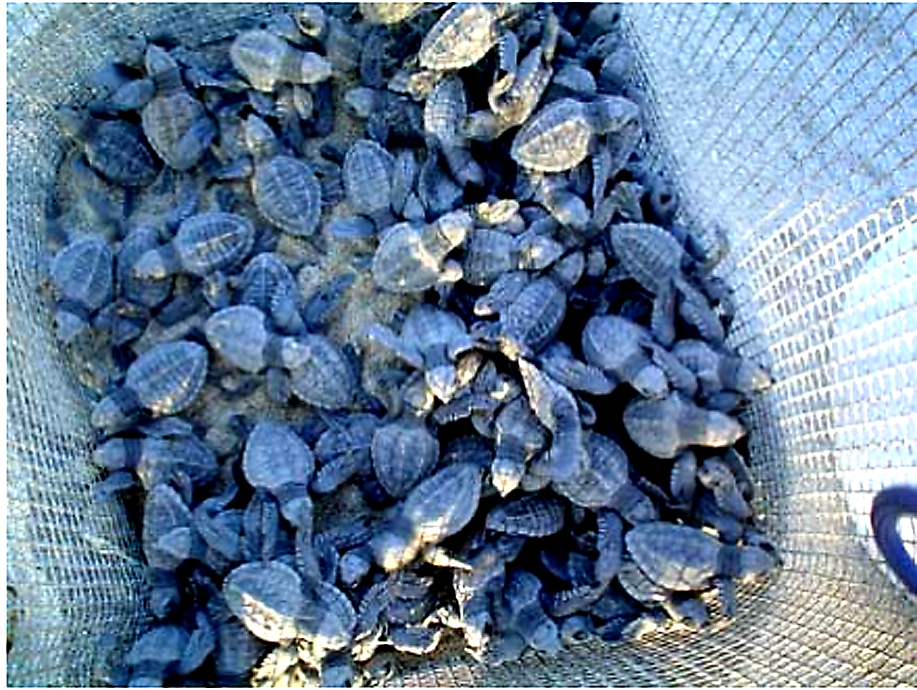
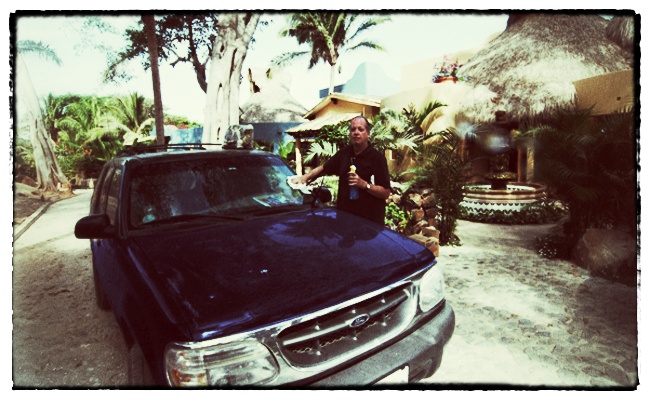

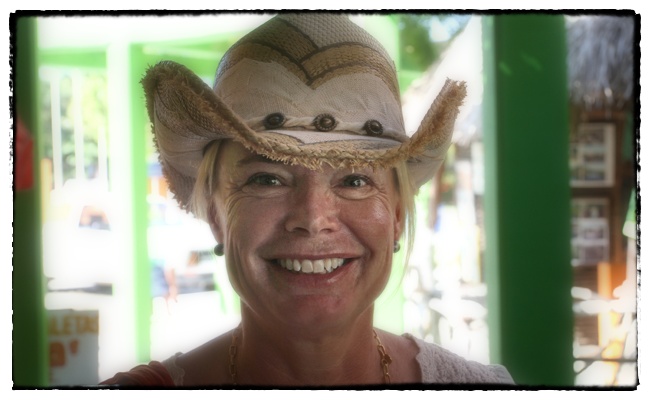
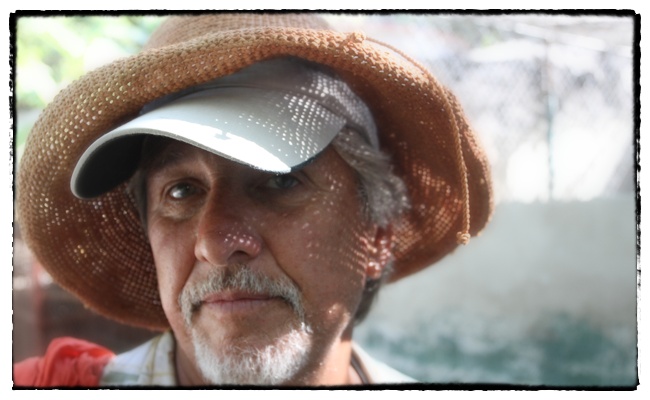
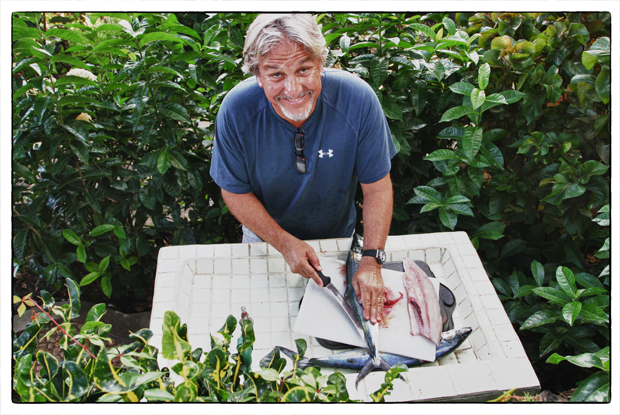
Recent Comments